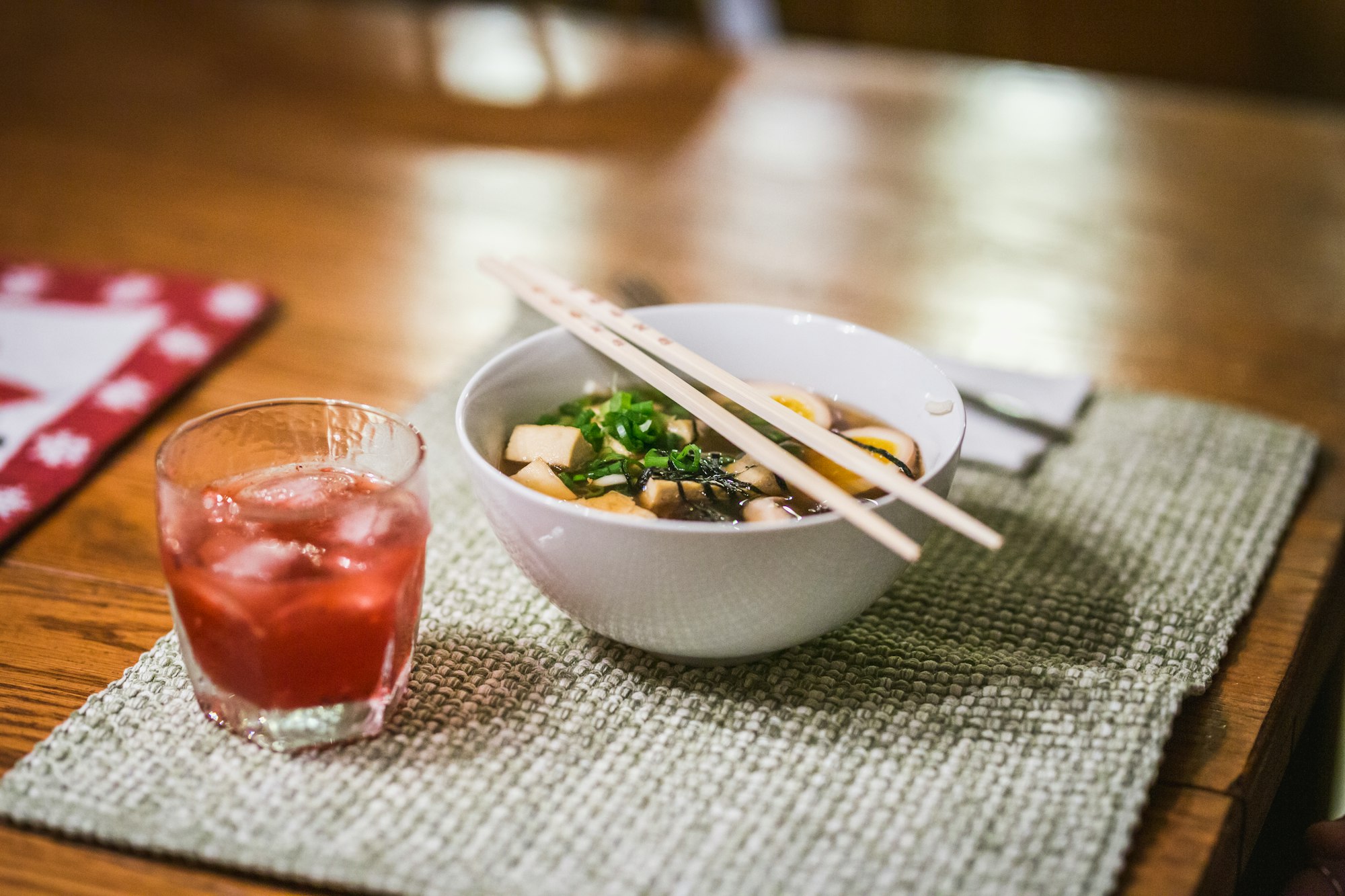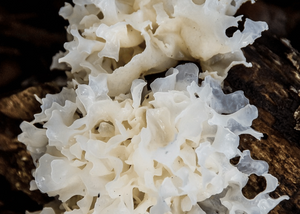Hey there, fellow food lovers and wellness warriors! Ever found yourself sipping on a delightful bowl of miso soup at your local sushi spot, wondering what goes into that deliciously warm and savory concoction? Or maybe you've heard whispers about its health-boosting properties and are curious to know if it might be a hidden source of probiotics.
Well, wonder no more! We're about to delve into the heart of miso soup, uncovering its key ingredients and investigating whether it's a secret trove of those beneficial gut-friendly bacteria known as probiotics. So, tighten your apron strings, bring out your favorite soup spoon, and join us on this exciting gastronomical adventure!
What the heck is miso?
Let's talk about miso, a true superstar in the world of food. Originating from Japan, miso is a fermented paste created from soybeans, salt, and a type of fungus known as koji. It's an integral part of Japanese cuisine and it's what gives dishes like miso soup its distinctive, savory flavor.
But did you know that miso is also packed with health benefits? That's right! Being a fermented food, it's a fantastic source of probiotics which are great for improving digestion and boosting immunity. Plus, it's brimming with essential nutrients like vitamins B, E, K, and folic acid. So, not only does miso make your food taste great, it also contributes to your health in a big way!
The Recipe
Ingredients:
- 4 cups of vegetable broth
For more traditional miso soup, use dashi. Dashi a umami-rich stock made from dried seaweed and sometimes dried fish. I cup sliced Shitake mushrooms
- 1 sheet nori (dried seaweed cut into large rectangles
- 3-4 Tbsp white or yellow miso paste (fermented soy bean or chickpea paste) with or without bonito (fish flavor, though bonito makes it non vegan-vegetarian-friendly)
- 1/2 cup thinly sliced sping onions onion
- 1/2 cup chopped green chard (alternatively sliced kale or spinach)
- 1/4 cup firm tofu (cubed, use silken tofu for more traditional miso soup)
How to make it:
Start by heating vegetable broth in a medium-sized saucepan until it gently simmers.
While your broth is heating up, take some miso in a small bowl, pour a bit of hot water, and whisk it until it turns smooth. This step helps the miso to blend well with the soup later without forming clumps. Once done, keep it aside for later use.
Now, add chard (or any other greens you prefer), green onion, the sliced Shitake mushrooms and tofu to the simmering broth. Let these ingredients cook for about 5 minutes. If you're using silken tofu, remember to add it towards the end of cooking and cook for a further 3- 5 minutes. Next, toss in some nori and give it a good stir.
Once everything is well combined, remove the pan from heat. Now's the time to add the miso mixture you'd set aside earlier. Stir well to ensure the miso is evenly distributed throughout the soup.
Feel free to add more miso or a sprinkle of sea salt to suit your taste buds. Serve your soup while it's still warm. It tastes best when served fresh. Enjoy!








Member discussion